You know the story: In 2017, Steve Jobs, wearing his glorious black turtleneck, introduced to the world “a revolutionary mobile phone.” The original iPhone popularised features that would become the backbone of mobile computing, including the touchscreen and (eventually) the App Store.
Since then, other companies have stepped up to evolve the smartphone into what it is today — a device we use for media consumption, content capture, communication, and more. We’ll take a look back at some of the best smartphone innovations since the iPhone, and give credit to the companies that took the risk to bring them to us.
Is something missing? Drop down to the comments and tell us about the first smartphone feature that really changed the game.
Multiple Camera Lenses
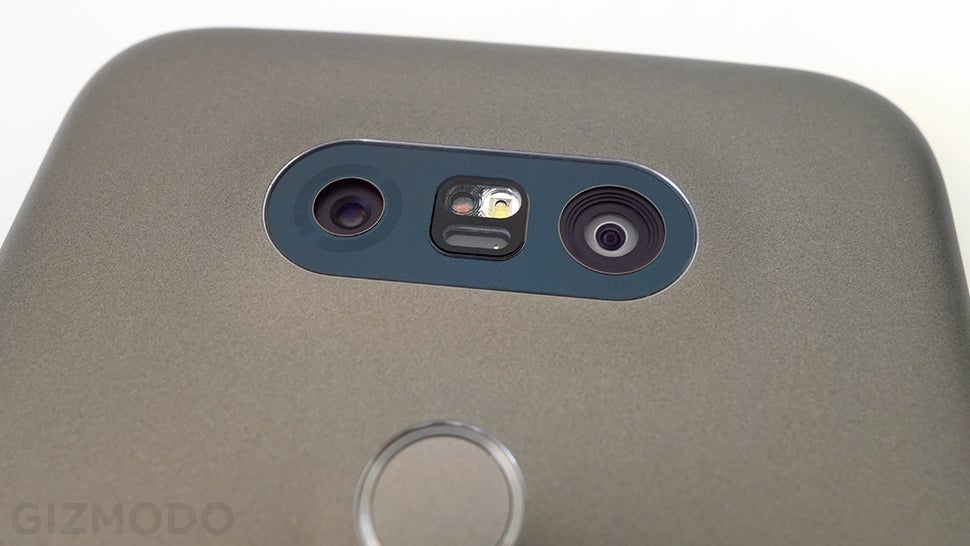
Phones with dual cameras date back to long before the smartphone era, though most early models used the extra lens for stereoscopic 3D. A second lens for improving photography finally arrived in devices like the HTC M8 and LG G5. What to do with that extra lens was a point of contention. The M8 only had one real camera but used a second lens as a depth sensor to give users more control of photos. LG’s G5 took a more conventional approach, augmenting a 16-megapixel standard camera with an 8MP ultra-wide-angle lens that had a 135-degree field of view so you could snap landscapes, skyscrapers, and nearby objects without stitching photos together.
Huawei would later launch the P9 in partnership with Leica; it had two cameras on the rear, one of which captured monochrome (black and white) details. You could take black and white photos separately, but the magic happened when you combined the information captured by the monochrome lens with the standard one. Later, Apple would release the iPhone 7 Plus with a main 12MP camera and a 12MP telephoto lens for 2x optical zoom. Today’s flagship phones don’t make you choose — devices like the Galaxy S22 Ultra, Pixel 6 Pro, and iPhone 13 Pro Max come with standard, ultra-wide, and telephoto lenses.
AMOLED Displays
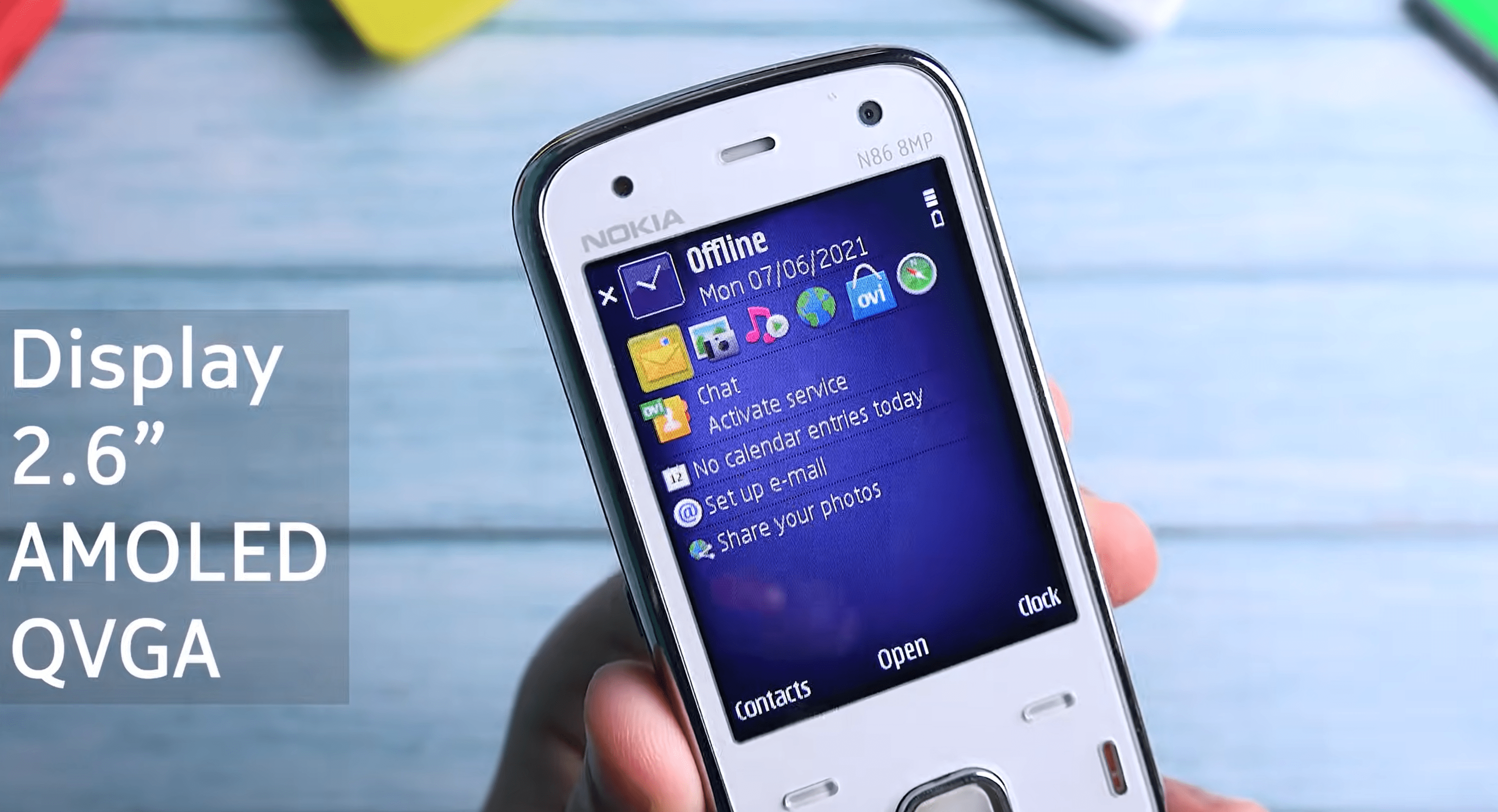
Nokia, not Samsung, was the first to equip a phone with an AMOLED display when it released the N85, a high-end “smartphone” with a 2.6-inch Matrix OLED display. Since then, AMOLED panels have graced flagship devices from every major brand, including Apple, starting with the iPhone X. It is the panel of choice for good reason: AMOLED screens are vivid, generate perfect black levels and infinite contrast ratios, and consume less energy.
Display tech is currently in flux with recent additions like miniLED, microLED, and new flavours of OLED entering the scene, but even in 2022, AMOLED remains the go-to option for flagship mobile devices.
Fast Charging

Wireless charging is great for when you can put down your phone for several hours, not for mid-day top-offs after you’ve spent the day flipping through social feeds and watching YouTube videos. For that, you need fast charging. Which phone did it first is up for debate, but there is no denying that OnePlus is doing it the best.
OnePlus’s appropriately-named “Warp Charge” can juice up its flagship phones from 1% to 58% in just 15 minutes or to full in just under 40 minutes. If you haven’t used a OnePlus phone or any other device that supports comparable charging speeds, well, this is–please excuse the cliche–a game-changer.
Wireless Charging

We can thank (pre-Microsoft/HMD) Nokia for debuting wireless charging on its Nokia Lumia 920, the first commercially available phone with the feature. It used the Qi specification, which is still used today by mobile giants Samsung, Apple, Google, and OnePlus. With wireless charging, you can place your phone on a charging pad rather than plugging in a cord. It’s convenient when topping up at work or before you turn in for the night — just set the phone on top of the pad and forget it.
Wireless charging has its drawbacks: It isn’t entirely “wireless” (the pad needs to be plugged into an outlet) and although charging speeds have increased, the tech isn’t very energy efficient. Moreover, the adoption of Qi charging has forced phone makers to switch to glass backs to improve connectivity, though Nokia deserves even more credit for using polycarbonate.
Fingerprint Sensors and Facial Recognition

The Motorola Atrix was the first phone to come with a fingerprint scanner, beating Apple’s iPhone 5s to the feature by two years. And boy, what a phone it was. Nothing was conventional about the Atrix, including the fingerprint scanner, which was a small rectangular pad located at the top of the phone. But if you thought that was wonky, the phone’s main selling point was Lap Dock, a dummy laptop you would slot the Atrix into. Once connected, the shell of a computer would run Linux for browsing the web and doing netbook tasks, while your phone screen would be mirrored on the left-hand side of the 11.6-inch display.
In any case, the Atrix introduced a feature that would move us closer to a world without passcodes and swipe patterns. It made logging into your phone nearly instantaneous and introduced another layer of security. Fingerprint sensors would become a standard feature across flagship phones and eventually be replaced or supplemented with facial recognition, which was introduced on Android 4 in 2011 but first popularised (and properly implemented) on the iPhone X in 2017. Today, many flagship phones have both face and fingerprint login, and the sensors for the latter are embedded underneath the screen.
Virtual Assistants
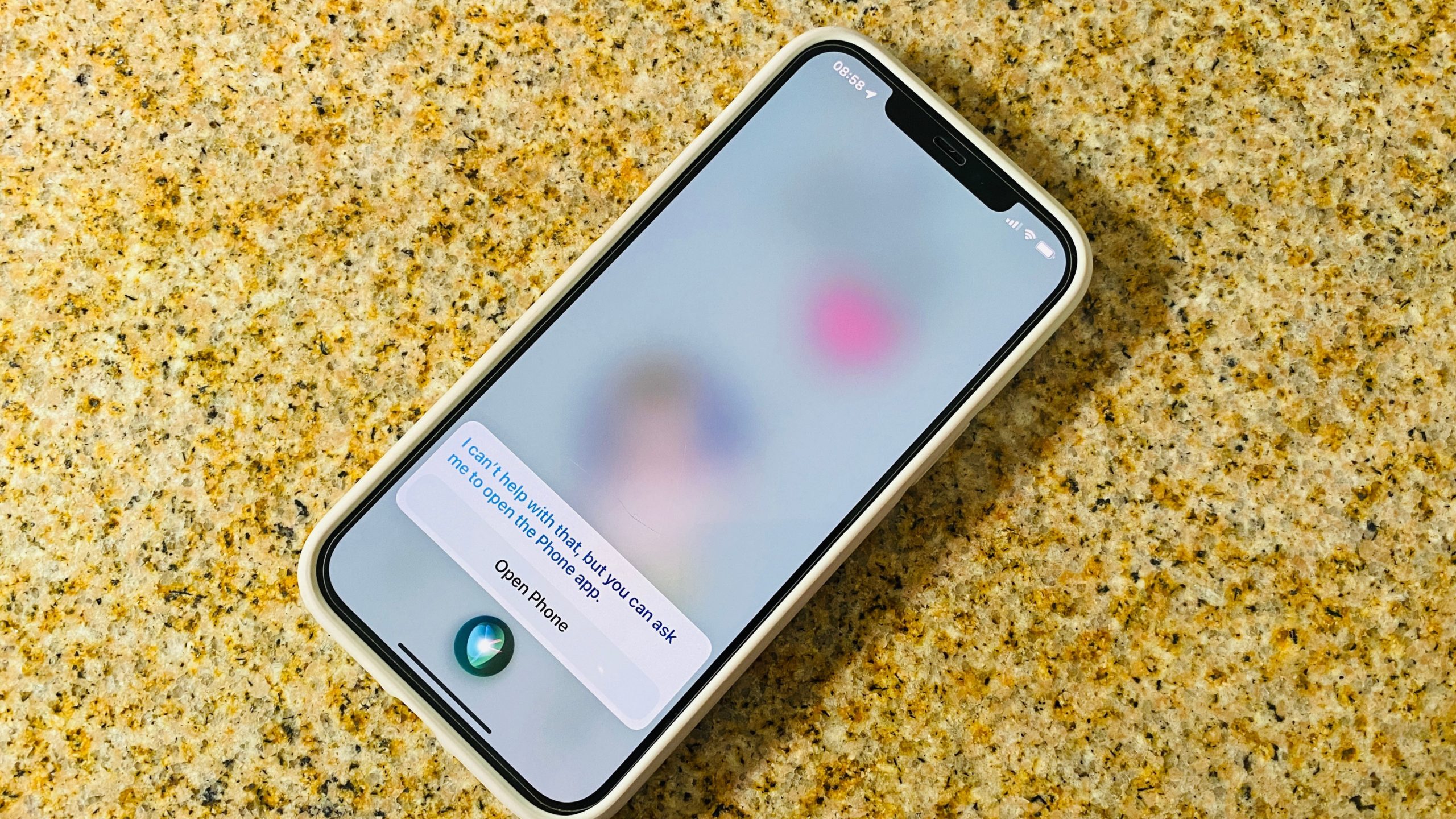
Siri needs no introduction. Whatever your feelings are for Apple’s virtual assistant, there is no denying its profound impact not just on smartphones, but across the consumer tech industry. First released as an iOS app in February 2010 before being integrated into the iPhone 4S, Siri was the first voice assistant to help us perform certain tasks and get information without our phones in hand. Other tech giants followed with their own version, some more successfully (Google) than others (Samsung, Microsoft).
Now smart assistants can be found in all sorts of gadgets, including an array of smart home devices. Hell, Samsung makes a refrigerator you can talk to. One application we can all get behind is the use of digital assistants in CarPlay and Android Auto to discourage distracted driving.
3G, 4G LTE, and 5G

5G isn’t exactly exciting, but we can’t talk about smartphone innovation without discussing the rapid evolution of mobile networks.
The original iPhone supported 2G networks for SMS, MMS, and (very) slow data transmission but was swiftly supplanted by the iPhone 3G, which had the same internals but faster mobile speeds. 3G was the first technology to provide sufficient data transfer speeds for users to have a satisfactory experience browsing the web, conducting video chats, or watching videos on a mobile device. It wasn’t until 2010, when 4G LTE arrived, that we started seeing rich multimedia content created on and for the smartphone. High-def video, gaming, streaming, and other data-heavy tasks were enabled by a network many still use today.
We’ve sluggishly moved to 5G, and though there’s a long road ahead, significant progress has been made in the past few months that provide glimpses of the future it could enable. There are many flavours of 5G, but in general, the network will deliver significantly faster speeds, lower latency, and increased capacity and bandwidth. 5G promises to replace home internet (for some), and enable multiple high-res video streams, VR and AR applications, and cloud gaming.
Portrait Mode
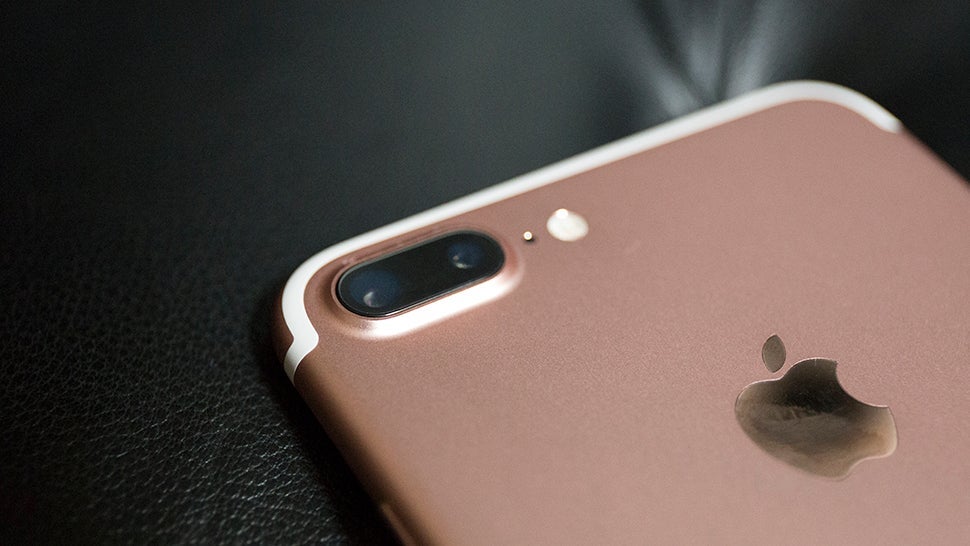
This is an example of someone else doing it first and Apple getting the credit — and for good reason. Google’s “Lens Blur” feature available on early Pixel phones was one of the first versions of what is now widely called “Portrait Mode,” a feature that artificially creates a convincing depth of field similar to what you might get from a lens with a large aperture. Google’s approach relied on a single lens and some fancy algorithms to blur the background of an image. It worked fine but was nowhere near as reliable as Apple’s Portrait Mode, which first debuted on the iPhone 7 Plus.
Apple’s version used two lenses to better separate the foreground from the background. This feature, which essentially mimicked one of the most desired traits of a DSLR (or mirrorless camera) and put it in the pockets of millions of people, was an instant success, particularly with Instagrammers who wanted their shots to stand out.
Computational Photography (Night Mode)

Smartphone cameras rapidly replaced DSLRs and point-and-shoots, but even the best of them struggled in low-light environments. That is, until Huawei released Night Mode on the Mate 20 Pro and Google released Night Sight for the Pixel 3. Finally, with a steady hand and a bit of patience, smartphones could take crisp, noise-free images in dark conditions. It made photos taken at night appear as if they’d been shot with professional lighting equipment. All of a sudden, details that would have been lost in the shadows were clearly visible.
With Night Sight, Google proved to the world that its software-first approach to smartphones could revolutionise features that had long relied on hardware. It didn’t take long for competitors, including Apple and Samsung, to release their own versions.
Goodbye, Bezels; Hello, Giant Screens

Sharp’s Aquos Crystal, released in 2014, was the first smartphone with a “bezel-less” display, though the meaning of that term has changed since then. That phone’s screen flowed to the very right, left, and top edges of the devices, but a large chin underneath remained, housing the front-facing camera and microphones. Shortly thereafter arrived the Samsung Galaxy Note Edge, though it had both a chin (for the power button) and a tophat for the front-facing camera.
Since then, phone makers have done away with home buttons and extended the screen to all four edges, creating virtually bezel-free phones. Front-facing cameras are now housed in a notch or hole-punched in the display, while fingerprint sensors are now hidden beneath the screen and touch gestures have replaced button operation.
Folding Screens
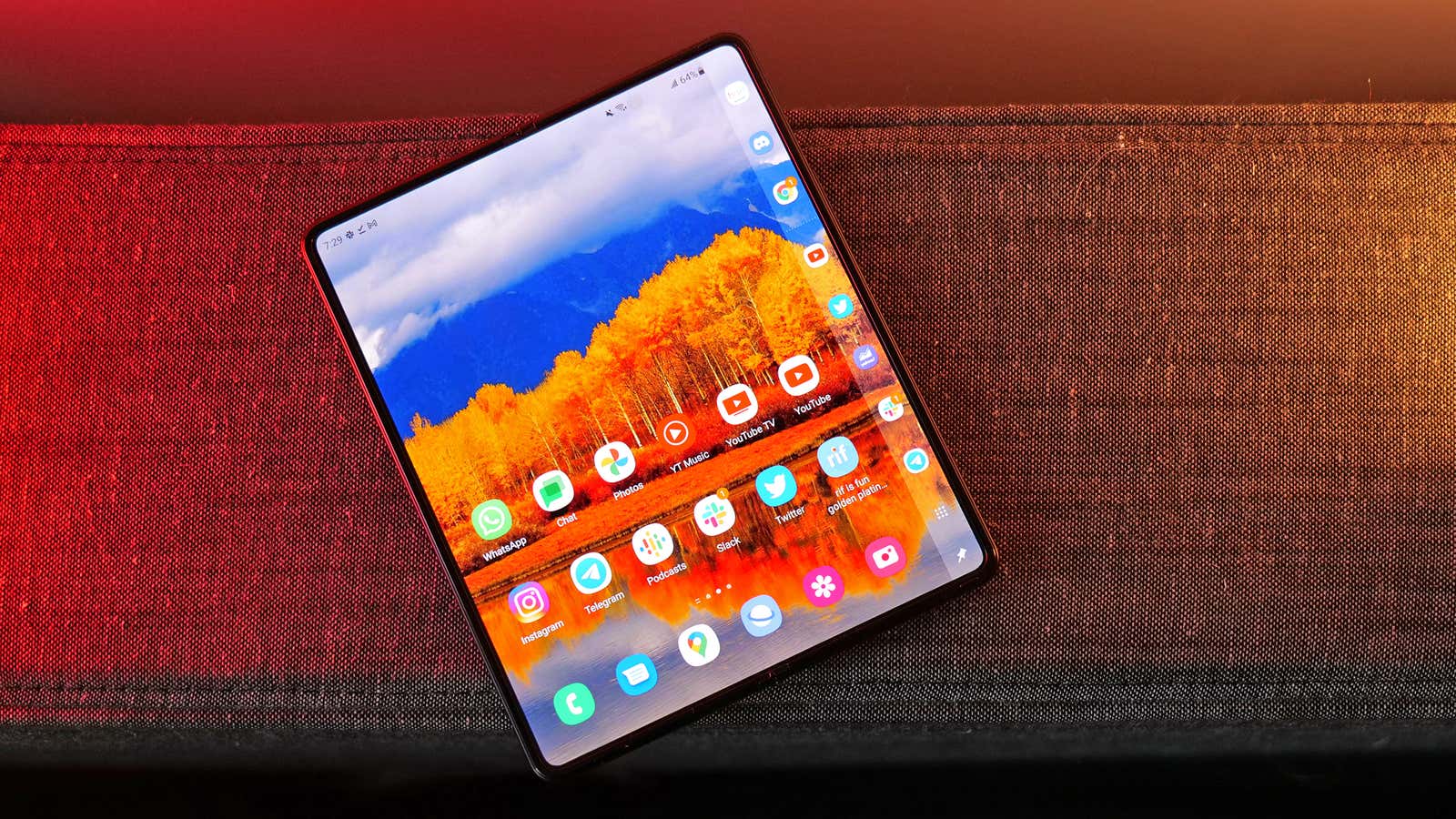
This inclusion is sure to ruffle some feathers considering foldable phones are a nascent technology with a rocky past and an uncertain future. Come on, though, the technology is fascinating, and the latest round of foldable phones are more reliable (and less expensive) than ever. We can’t talk foldables without discussing the original Galaxy Fold, a phone so fragile that review units were recalled and the launch was halted until Samsung could make a new version.
Rather remarkably, Samsung did just that. The second attempt, while clunky and overpriced, fixed most of the durability issues of its ill-fated predecessor and gave us hope that this could work after all. But it wasn’t until the arrival of the newest model, the Galaxy Z Fold 3, that it started to feel like foldables could indeed be the next big thing for phones
